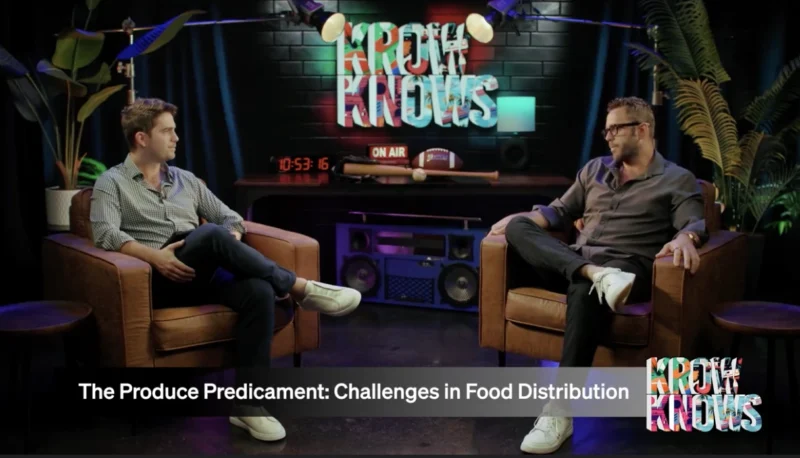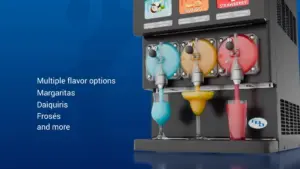Customer Perception of Pricing is Hurting Quick Service Restaurants
The restaurant industry has evolved and managed rapid changes over the past few years. To keep up to date today, there are two words that QSR owners and operators need to know: Trading Down.
“The consumer perception of pricing is changing rapidly,” said Barbara Castiglia, of Modern Restaurant Management.
In April 2022, Revenue Management Solutions published insights into the quick-service industry trends, citing that roughly 68% of consumers felt restaurant prices were higher, 40% felt they were getting less value, and 82% said higher pricing is the main reason for that absence of value.
Castiglia couldn’t agree more, “We are at an inflationary tipping point,” she said, noting that the RMS insight reported an 8.5% decline in QSR traffic in March of this year compared to a year prior, “While the average check grew during the pandemic…the quantity per transaction is down 3.1%.”
So while checks are increasing, traffic is not, “Damage is starting and they’re starting to see this ‘trading down’ behavior,” said Castiglia.
To prevent consumers from trading out or stopping their restaurant visits altogether, Castiglia advised, “You have to make sure that the experience that they’re getting there is just amazing. That they’re provided with everything that they need…That they’re treated well while they’re there.”
Secondly, “you have to involve price,” she said. Utilizing an item-level strategy is one way you can increase cost slowly over a longer period of time
Restaurants also need to look at add-ons, “Look to see if they’re not coming up in the orders as much,” said Castiglia, and potentially add “value-bundles” to encourage customers that they are, in fact, getting more value out of the experience.
While “price is paramount right now” Castiglia noted that consumers want to go out and eat and have these experiences, but to keep them coming, restaurants must address their concerns.









